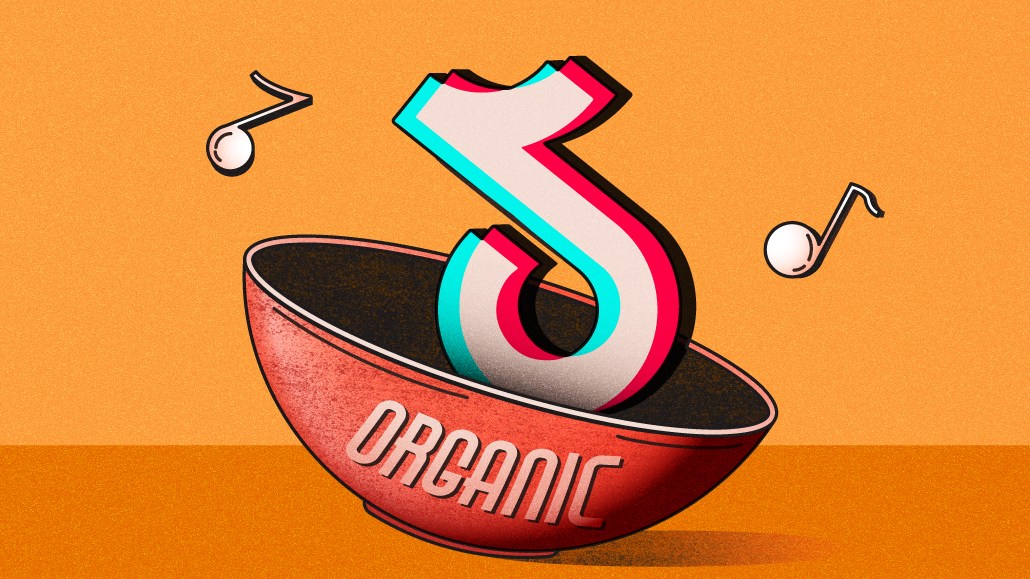Save 50% on a 3-month Digiday+ membership. Ends Dec 5.
Inside Uber’s strategy with content creators to amplify its organic TikTok following

Over the last year-and-a-half, Uber worked with creators across TikTok accounts for its various services, including its ride share and Uber Eats. But Uber is looking to fine tune how it broadcasts those messages by moving those brands under a singular TikTok account to build a cohesive brand image on the platform.
Uber worked with influencer marketing platform Grin to do so. Financial details of the partnership were not immediately available.
“It felt like more of an opportunity to combine both of [those] stories into this one lifestyle story that people can relate to in different ways,” said Phil Rosario, global social media lead of TikTok at Uber. “The idea is that using Uber, you’re not only going places or ordering things on Uber Eats. The goal here is to help people relate to the concept of going anywhere and getting anything with Uber.”
Aside from unifying the approach, the brand is using TikTok as a way to build connections with a diverse audience via collaborations with content creators in an increasingly fragmented social environment.
Rather than hiring high-profile celebrities, notable personalities or influencers, Uber has opted to target content creators, according to Rosario. Doing so allows the brand to maintain control over the creative process in-house. Currently, Uber works with 10 content creators focused on various niches including comedy, food and travel. It did not say how much they were paid.
Rosario is using his own past experience as a content creator to inform his approach with creators for the brand. Rather than contacting an agency or legal team, he has direct communication with the creators. By not exerting excessive micromanagement on its creators, Uber is looking to foster a more collaborative and organic content creation process with creators who have deep knowledge of TikTok.
Rosario’s highlights of Uber’s collaborations with creators include when a creator used an Uber Eats bag as a going out accessory; another where a creator tasted dumplings; as well as having creators spotlight local and small restaurants across the world that uses the Uber Eats platform for customer orders.
Ad position: web_incontent_pos1
“It is important to work directly with creators when there is a trend that may not be relevant in 48 hours when it happens and to check with them to see if they have the bandwidth and are willing to create a video to support that trend,” said Rosario.
As a result of the strategy, Uber’s TikTok followers surpassed 850,000 followers in September 2023; the brand had over 150,000 followers one month after launching on TikTok in June 2022, according to the social intelligence platform Brandwatch. The data also showed that its organic video content has garnered 35 million views and its videos have 3.7 million organic video likes.
It is unclear how much of Uber’s advertising budget is allocated to these efforts as Rosario declined to share budget specifics. According to Vivvix, with paid social from Pathmatics, Uber has spent a little over $98 million on advertising so far in 2023, down from $184 million in 2022. The data also showed that the majority of the spend was allocated to digital displays on social media apps Facebook, Instagram, and X (formerly known as Twitter) and digital OOH throughout 2023.
Madison Rogers, creative strategist at the ad agency Fuse Create said that Uber’s TikTok strategy involves a systematic approach of experimentation, aimed at identifying the most effective content types. Rogers added that strategy is characterized by a continuous process of testing, learning, and adapting, enabling Uber to refine its content and make it more distinct and engaging.
“Engaging with micro-influencers that have more niche, dedicated audiences in addition to TikTok stars that help them more with overall mass awareness,” said Rogers. “By building up a roster of influencers, it allows each audience category to feel heard and makes their feed look diverse and rich in content.”
More in Marketing

Ulta, Best Buy and Adidas dominate AI holiday shopping mentions
The brands that are seeing the biggest boost from this shift in consumer behavior are some of the biggest retailers.

U.K. retailer Boots leads brand efforts to invest in ad creative’s data layer
For media dollars to make an impact, brands need ad creative that actually hits. More CMOs are investing in pre- and post-flight measurement.

‘AI is permeating everything we do’: How Guitar Center developed 2 AI tools this year
This summer, the company launched a chatbot called Rig Advisor to help customers find the right instruments and products.
Ad position: web_bfu




